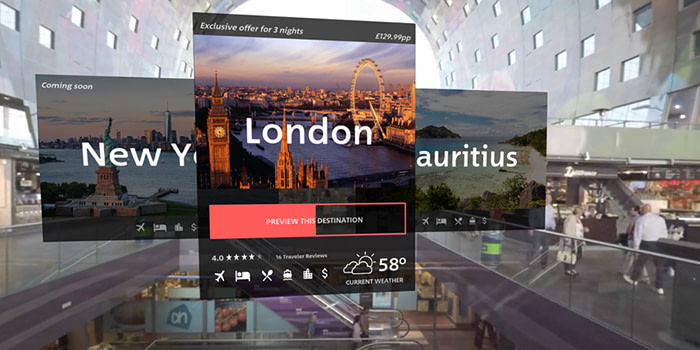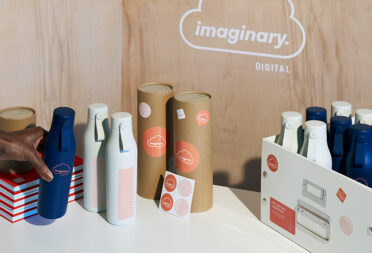Monotype on the trends that could shape the future of fonts
What’s next for the future of fonts? Industry-leading typeface design company Monotype has some predictions.

What happens when a centuries-old craft meets leading-edge technologies?
Fonts are ubiquitous. Just look around you—chances are, you’ll see multiple typefaces across different objects, products, and displays. For type designers, making a font that works well across these mediums and surfaces is a huge task that many tend to overlook. And the hardest part? These mediums are always changing.

So what’s next for the future of fonts? Industry-leading typeface design company Monotype has some predictions. We spoke to Monotype’s Senior Director of Creative, James Fooks-Bale, about some of the game-changing new trends that will have an impact on type:

1. Virtual and augmented canvases
Our mobile devices are ever-evolving. As a result, fonts that can scale to the sizes and specifications of these devices is key for a rich user experience. With the rise of augmented reality (AR) and virtual reality (VR) devices and applications, Fooks-Bale envisions scaling fonts to a multi-dimensional level. “Having fonts that hold up well in new digital environments will be a must in the next couple of years. This not only applies to the type design, but also to rendering quality and legibility, which varies constantly in AR and VR settings. Monotype is really pushing the envelope on that front.”
2. Variable fonts
Variable fonts are non-static fonts that can respond to different data inputs. “Monotype has seen more variable font families, and their potential appears to be limitless. There are a whole host of different use cases into which they could fit,” Fooks-Bale tells us. For example, variable fonts can change from the brightness of the sun on your device, the angle of your screen in relation to your face, or how much movement is going on within your device.
3. A font for every language
A font that scales to every language sounds like a massive challenge—and it is. But Monotype was up for the challenge. “The SST font is one of the more ambitious things I’ve seen in a long time,” Fooks-Bale shared with us. The font design teams developed glyphs that adapt to 100 scripts in nearly 800 languages. “We’re seeing global brands that don’t want to be limited to just one region and they want a sense of universality when they communicate their brand to all parts of the world. Their palette and typefaces need to scale with them.”
4. Custom fonts
Having a brand voice is one thing. Communicating that voice through branding is another. That’s where custom fonts come in. “More and more, brands are trying to find their own voice that differentiates them from competitors in their industry,” Fooks-Bale explains. Monotype offers custom font design services to help brands create a unique identity that matches the company’s personality or offering. But if a brand doesn’t want to undertake a custom font project, they can select from Monotype’s library of more than 2,500 font families, or even make design changes to an existing font to meet brand needs.
For Fooks-Bale, these font trends mean the type industry is alive and well. “That’s one of the most exciting things about our industry—type is an ingredient that needs to evolve in the same way that businesses need to evolve to stay ahead of the curve.”
Print your fonts on MOO Business Cards
Keep in touch
Get design inspiration, business tips and special offers straight to your inbox with our MOOsletter, out every two weeks.






